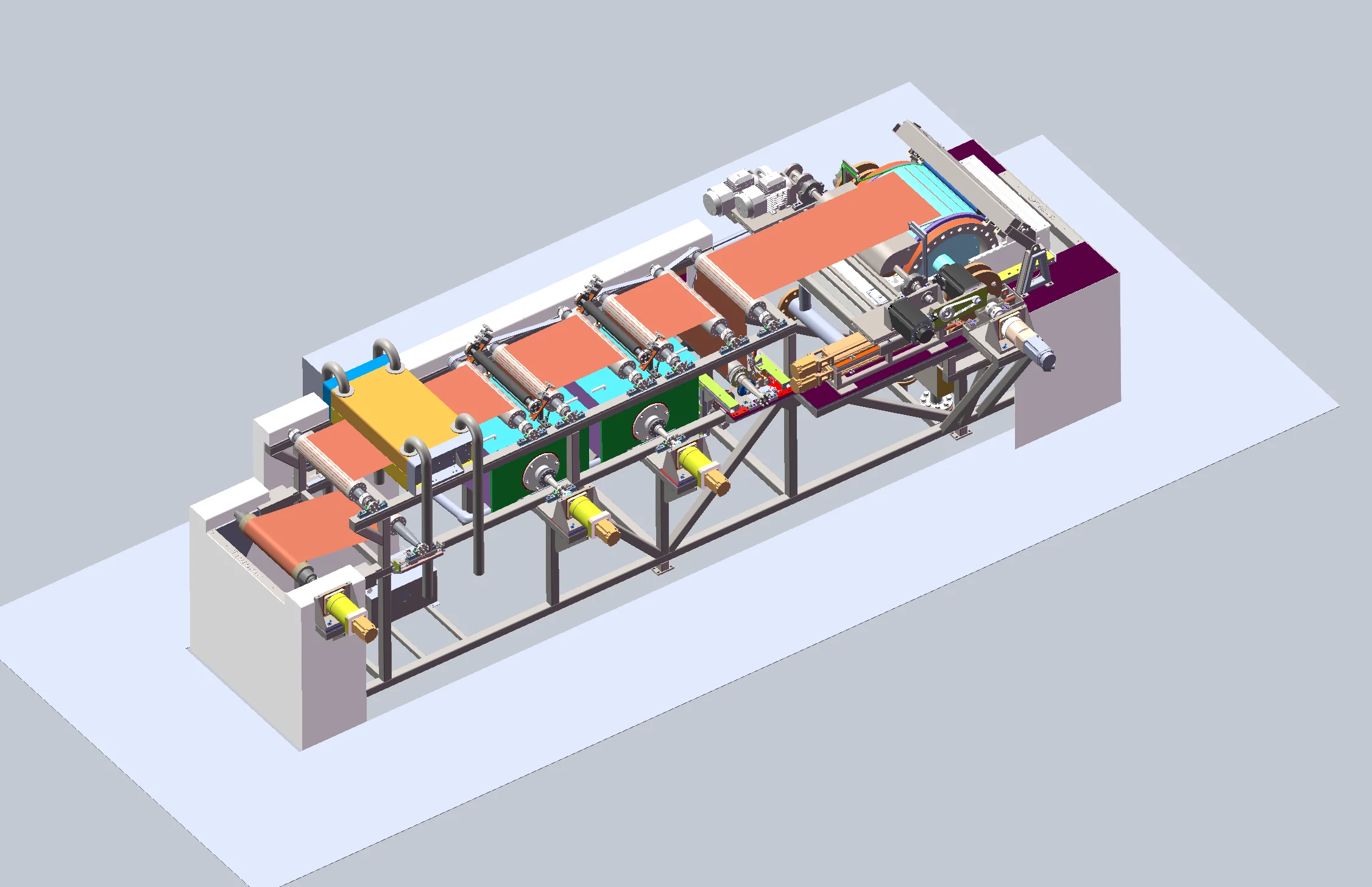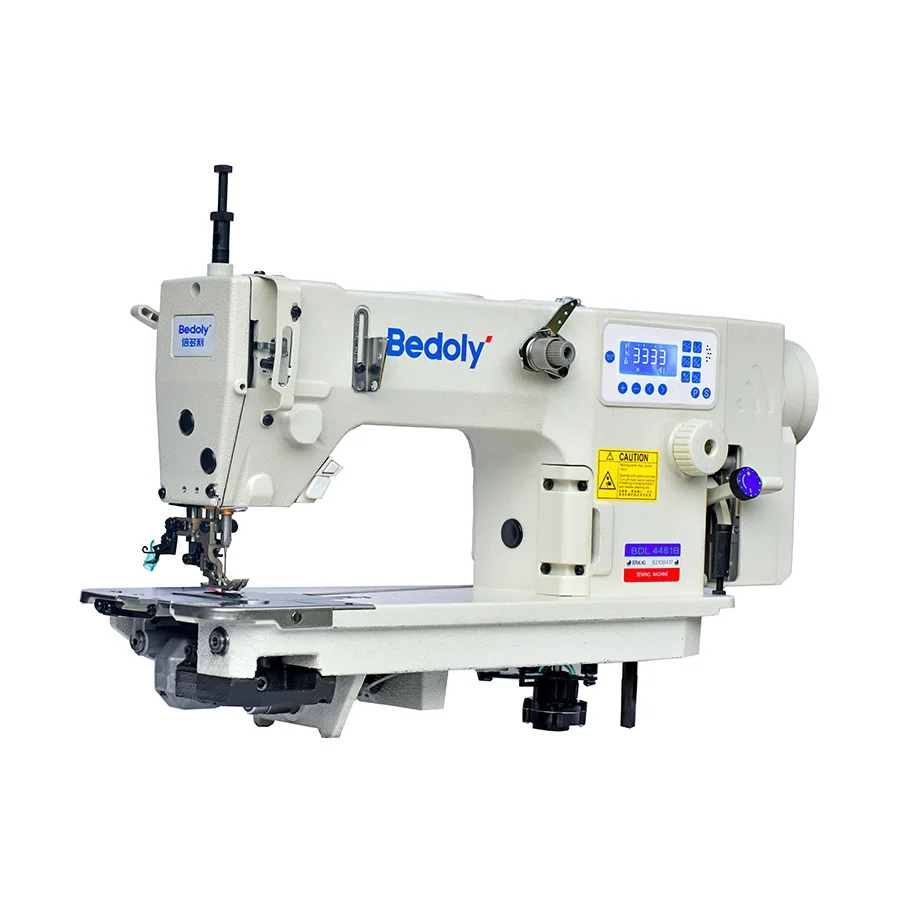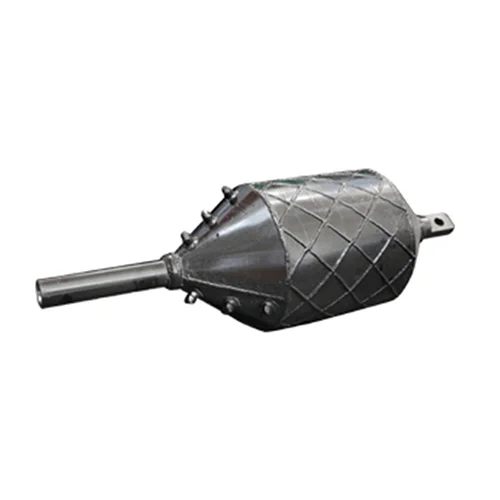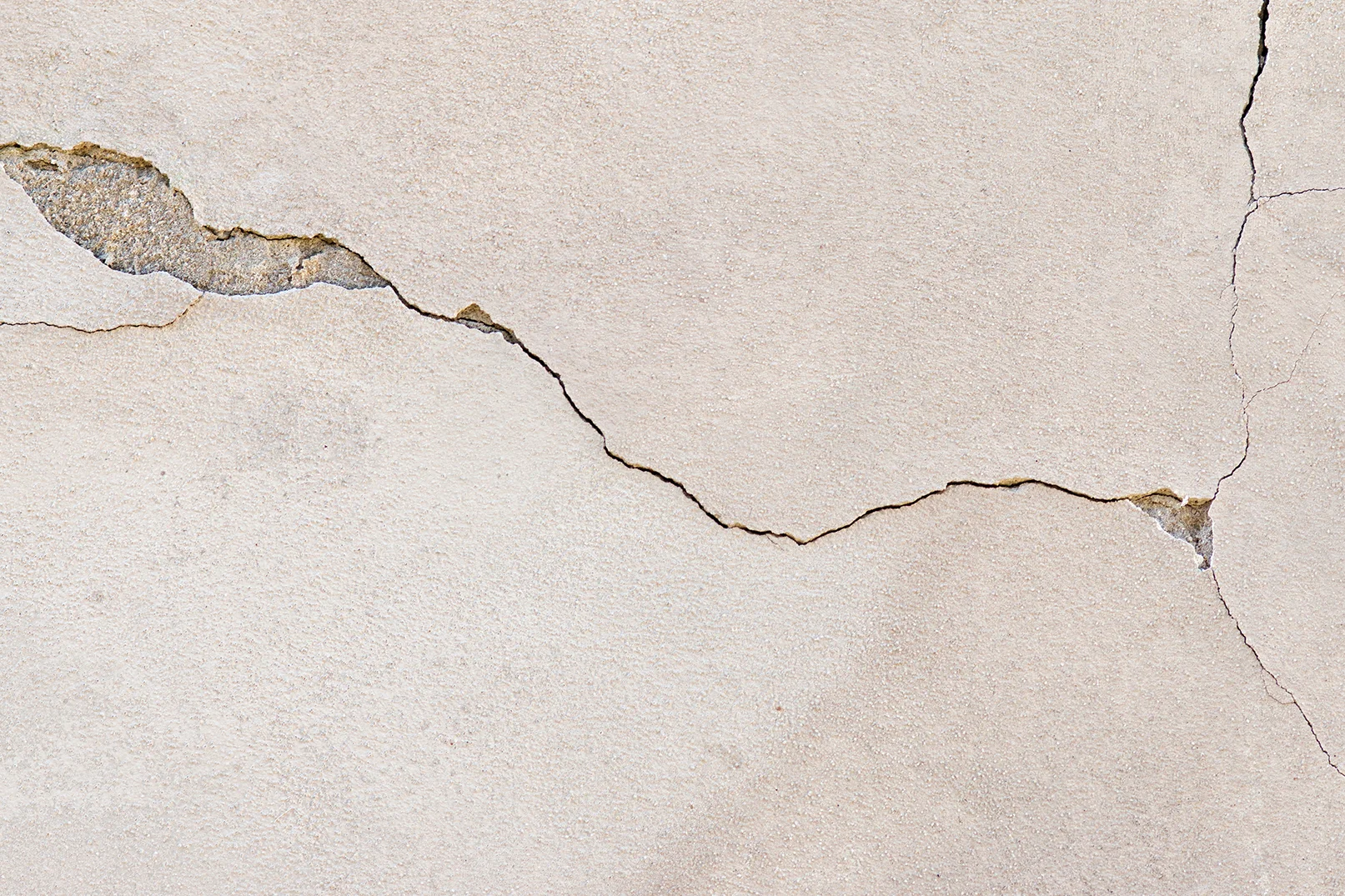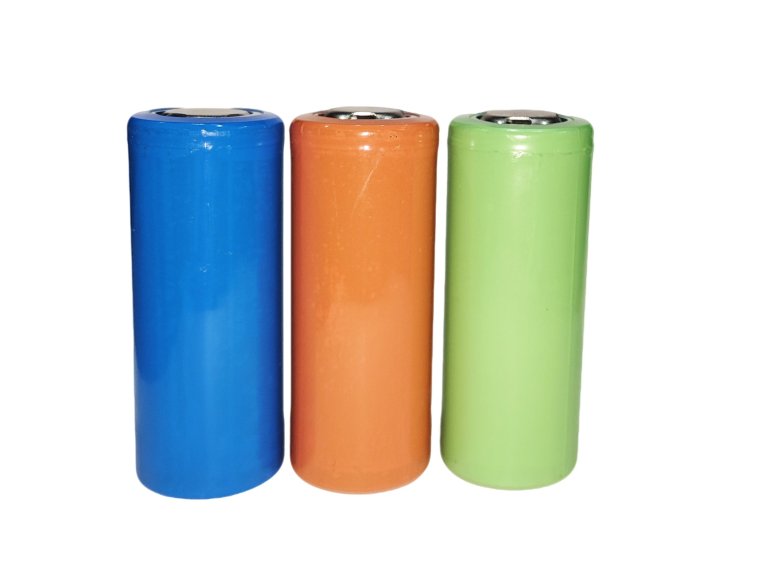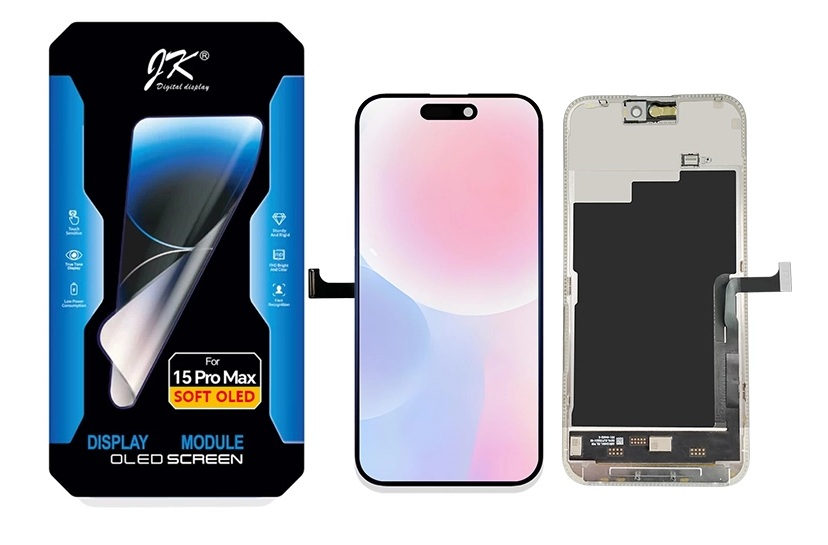Working principle of 3 axis automatic surface grinder

In the world of manufacturing, precision is of the utmost importance. The 3-axis automatic surface grinder provides unparalleled accuracy and consistency in finishing parts. In this blog post, Nantong Zode will share the working principle of 3 axis automatic surface grinder for sale, from its basic components to the complex processes it performs to achieve a mirror finish on metal surfaces.
What is a 3-Axis Automatic Surface Grinder?
A 3-axis automatic surface grinder is a machine tool designed to remove material from the surface of a workpiece to achieve a high degree of surface flatness and parallelism. It is called a "3-axis" grinder because it can control the movement of the grinding wheel and the workpiece along three orthogonal axes: X, Y, and Z.
Components of a 3-Axis Automatic Surface Grinder
1. Base: The foundation of the machine, providing stability and support.
2. Column: Attached to the base, it houses the spindle and the motor.
3. Spindle: Holds the grinding wheel and rotates at high speeds.
4. Worktable: The platform where the workpiece is mounted.
5. Slideways: Guide the movement of the worktable and wheelhead along the X and Y axes.
6. Wheelhead: The part that supports the spindle and can move along the Z-axis.
7. Control System: The brain of the machine, coordinating the movement of all components.
8. Coolant System: Delivers coolant to the grinding zone to prevent overheating and improve surface finish.

The Grinding Process
1. Mounting the Workpiece: The workpiece is securely mounted on the worktable using clamps or jigs.
2. Setting the Grinding Wheel: The grinding wheel is mounted on the spindle and aligned with the workpiece.
3. Dressing the Wheel: The grinding wheel is shaped to the desired profile using a diamond dressing tool.
4. Feeding the Wheel and Workpiece: The control system moves the wheelhead and worktable to bring the wheel into contact with the workpiece.
5. Grinding: The wheel rotates at high speed, removing material from the workpiece surface through abrasive action.
6. Coolant Application: Coolant is applied to the grinding zone to prevent heat buildup and wash away swarf.
Axes of Movement
- X-Axis: Controls the horizontal movement of the worktable from left to right.
- Y-Axis: Controls the horizontal movement of the worktable from front to back.
- Z-Axis: Controls the vertical movement of the wheelhead towards or away from the workpiece.
Precision and Accuracy
The 3-axis automatic surface grinder achieves high precision and accuracy through:
- Closed-Loop Control: Feedback from sensors is used to adjust the machine's movements in real-time.
- High-Resolution Encoders: Provide accurate position feedback for the axes.
- Stiffness and Rigidity: The machine's structure must be robust to maintain accuracy under load.
Applications
1. Automotive Industry: For precision parts like engine components.
2. Aerospace: For critical components requiring exacting tolerances.
3. Medical Devices: For parts that need a smooth, sterile surface.
4. Machinery Manufacturing: For components of various machines with high flatness requirements.
Advantages of 3-Axis Automatic Surface Grinders
1. High Precision: Consistent and accurate surface finishes.
2. Automated Operation: Reduces labor costs and potential for human error.
3. Versatility: Capable of grinding a wide range of materials and shapes.
4. Efficiency: Faster than manual grinding processes.
Conclusion
The 3-axis automatic surface grinder is a marvel of modern engineering, capable of producing parts with exceptional precision and surface quality. As the demand for high-quality components continues to grow across various industries, the role of these machines becomes ever more critical. Understanding their working principles not only helps in optimizing their performance but also in appreciating the sophistication of the technology that drives them.
www.zodemc.com
Zode

